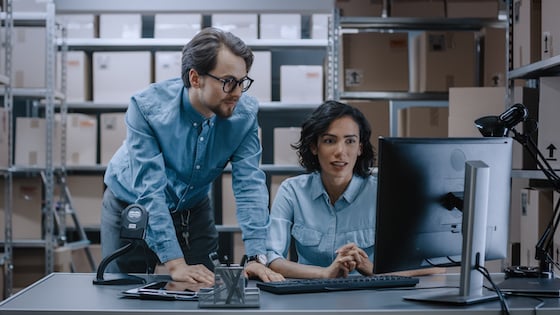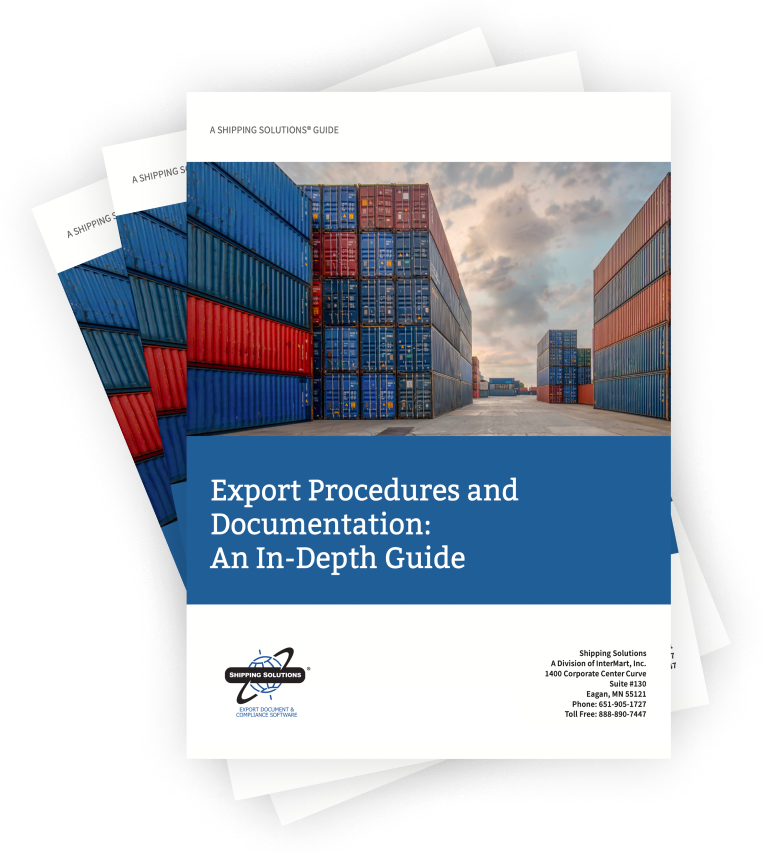The International Trade Blog International Logistics
Getting the Help You Need from Your Export Logistics Providers
On: June 19, 2023 | By:  Mitch Kostoulakos |
3 min. read
Mitch Kostoulakos |
3 min. read
 The 2020 pandemic significantly impacted logistics service providers (LSPs), resulting in lower volume, along with necessary reductions in staffing and capacity. In the subsequent years, freight forwarders, carriers and airlines have struggled to match capacity with fluctuating demand, leading them to exercise caution when it comes to increasing their staffing levels. Clients are understandably frustrated while trying to manage their supply chains in this environment. Consequently, strong customer service is more important than ever.
The 2020 pandemic significantly impacted logistics service providers (LSPs), resulting in lower volume, along with necessary reductions in staffing and capacity. In the subsequent years, freight forwarders, carriers and airlines have struggled to match capacity with fluctuating demand, leading them to exercise caution when it comes to increasing their staffing levels. Clients are understandably frustrated while trying to manage their supply chains in this environment. Consequently, strong customer service is more important than ever.
LSPs point to their technological solutions and key performance indicators (KPIs) to show the value they add for their clients. KPIs are essential to the management of logistics providers as well as to their clients. Some customer service functions, however, are not as easy to measure. Clients of logistics providers include shippers, consignees, importers and exporters. Whether your logistics provider is a motor carrier, freight forwarder, customs broker or warehouse company, you will need customer service assistance from time to time. Let’s differentiate.
How to Maximize Support from Your Logistics Providers
Request for Information
This category includes requests for shipment status, tracking and tracing, claims status, rate requests and invoice balance.
This type of customer service is best obtained online. Take the time to become familiar with your providers’ info systems so you don’t waste time on the phone or waiting for a callback. If your LSP does not offer this type of information online they are either inefficient or very small. To avoid frustration, decide if you need information or immediate action from your provider. Information is easier to get than action.
Action Needed
Examples include customs or regulatory delays, stopping or diverting shipments, credit issues, special pricing, or real emergencies.
This level of customer service most likely requires human intervention. While no one likes calling an 800 number, it is a good idea to get your request into the provider’s system as soon as possible as a first step. The difficulty is in reaching the right contact and getting the action you need. In many cases, an agent may simply be reading from a script and can’t solve the problem. If you use a third-party logistics provider (3PL) you may be able to delegate the problem for their handling and have them provide timely updates. If you do not use a 3PL, then you need to manage the issue on your own.
One mistake clients make is to rely on their account rep for all customer service. Account reps are on the road often or in Zoom meetings, so this causes delays in action. Another mistake is to depend on the super-efficient Mary, Debbie or Bill in your provider’s office. Everyone takes vacations and sick days, so don’t rely on one person for your customer service needs. A better way to get good customer service is to establish protocols with the help of your LSPs.
Protocols
Day-to-day logistics consists of planning, execution and problem-solving.
Good planning is essential but not foolproof. Logistics managers deal with changing schedules, equipment failures, weather delays, regulatory issues and miscommunication daily. Most problems, however, are not new. The same situations tend to repeat themselves, so they can be anticipated. I suggest developing a set of problem-solving protocols for the most common issues in your supply chain. This approach will save you time since you will not be starting from scratch when a problem arises. It will also enable your colleagues to act in your absence.
A basic “What if?” protocol defines the problem and lists steps to be followed as well as the resources needed. Your logistics providers can help by providing resources. They should be willing and able to give you relevant operations contacts along with phone and email info for your identified problem areas. Agents who have both the ability and authority to resolve issues on the spot add real value, and these contacts should be the goal when asking LSPs for resources. Your account rep may be surprised when you ask for help developing protocols, but they should welcome the opportunity. This method can be a big time saver for them as well. Get commitment from your providers to respond to your requests in an agreed amount of time. You can update the protocols as needed. Make them a part of your review meetings with your account reps, and you will get better customer service.
Finally, if your account rep says, “Just call me”, don’t accept this response.
Like what you read? Join thousands of exporters and importers who subscribe to Passages: The International Trade Blog. You'll get the latest news and tips for exporters and importers delivered right to your inbox.

About the Author: Mitch Kostoulakos
Mitch Kostoulakos is an independent logistics consultant and a Licensed Customs Broker (LCB). He was an award-winning International Executive with FedEx Services before launching Ad Hoc Logistics LLC, and previously held management positions in the LTL industry. Ad Hoc Logistics assists small and medium-sized firms with international logistics and customs issues. Mitch holds the CTL—Certified in Transportation and Logistics designation. His articles have been published in Transportation Journal. He was honored to be appointed to the Standing Committee on International Trade and Transportation of the Transportation Research Board beginning April 2020. TRB is a unit of the National Academies of Sciences, Engineering, and Medicine.


